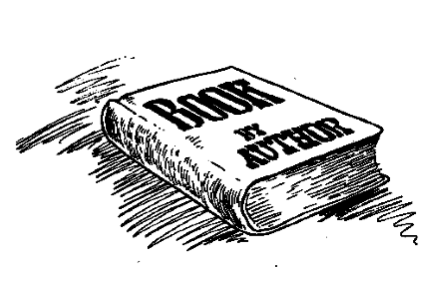It takes a certain perverse talent for a writer to make their credibility completely self-destruct in ten words or less. Yet with enough hard work and stupidity, it can indeed be done. Witness what happened in December 1994, when dance critic Arlene Croce opened a New Yorker article about the AIDS-themed performance “Still/Here” with these words: “I have not seen Bill T. Jones’s ‘Still/Here’…”
Readers might imagine that this opening clause would have precluded Croce from penning a 3,000 word attack on the show. Readers would be wrong. And she didn’t need to see the actual performance, Croce wrote, because the hype behind it already told her everything she needed to know:
If I understand “Still/Here” correctly, and I think I do—the publicity has been deafening—it is a kind of messianic traveling medicine show [using AIDS patients]…. If we consider that the experience, open to the public, as it is, may also be intolerably voyeuristic, the remedy is also obvious: Don’t go.
Artists always suspected that critics don’t know what the hell they’re talking about; now they had Arlene Croce irrefutably proving the point. She could not know because she had not seen the art. But Croce wasn’t about to let the inconvenient complexities of engaging with art get in the way of her notions about an artist.
A predictable melee soon followed in the New Yorker letters section. Perhaps the only useful comment to emerge from the whole thing came later from critic Chris Dohse, who was reminded of a piece of advice that choreographer Robert Ellis Dunn once gave: “Watch the dance that you are watching.” In other words, don’t let what you think you know about a work prevent you from actually knowing it. Do not let every other work that you think it might resemble, or even the artist’s own previous work, make you miss it for what it is. You are watching, good or bad, a new work of art.
Of course, to watch it, first you must show up. And if she had, Croce may well have discovered that she was right about the Bill Jones show. An experienced critic glancing at publicity materials will find their expectations subsequently confirmed much of the time. And there is undeniably a cruel joy in a critic being able to tell readers that a work of art is just as bad as they imagined—or better still, that it is even worse than they imagined. But a critic’s usefulness relies upon their ability to perceive exceptions to their expectations, to be open to the surprise and discovery. And so Croce’s article amounted to a sort of suicide note:...
You have reached your article limit
Sign up for a digital subscription and continue reading all new issues, plus our entire archives, for just $1.50/month.
Already a subscriber? Sign in





